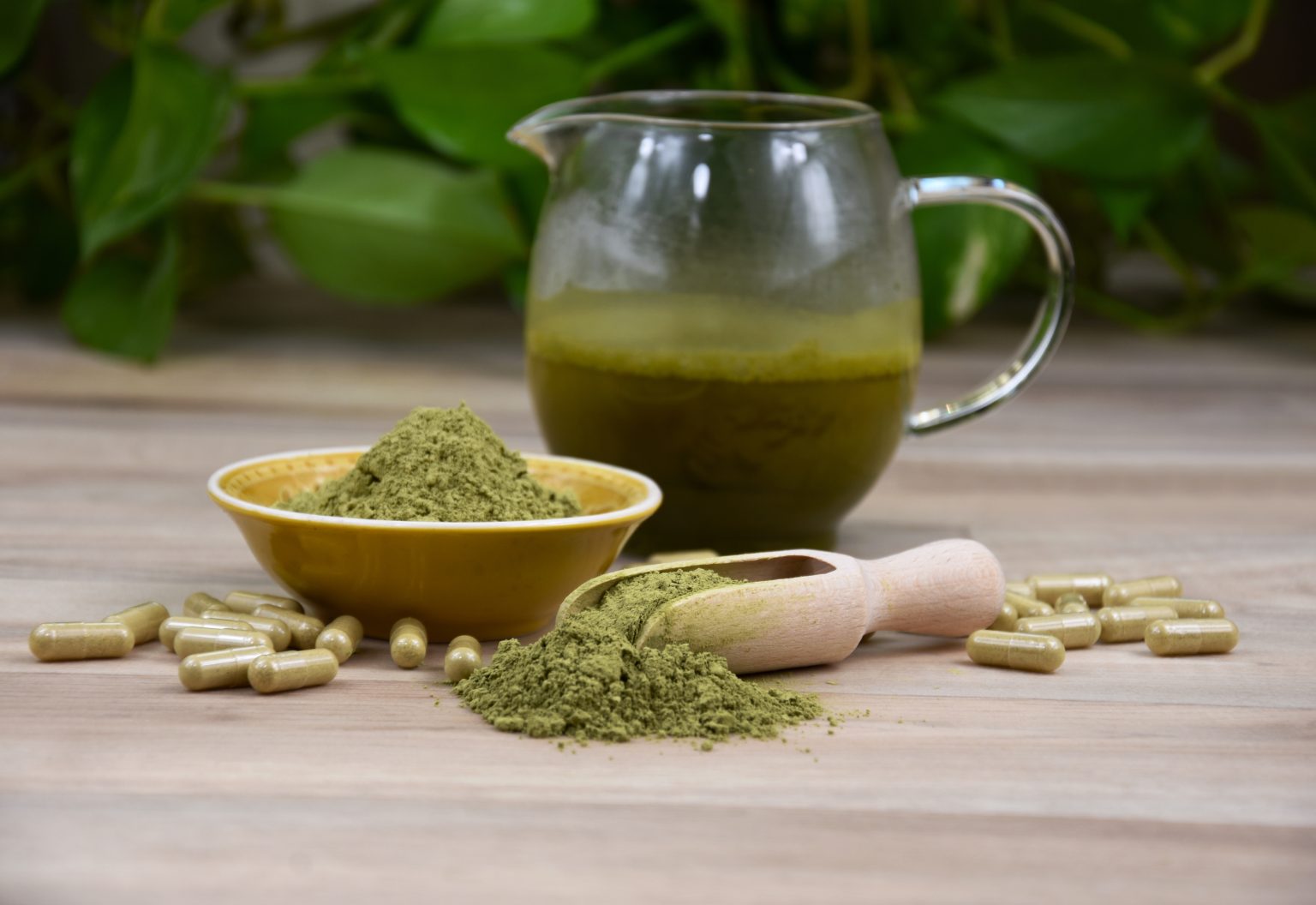In recent years, kratom has garnered increasing attention as a natural remedy for managing pain and anxiety. Originating from the leaves of the Mitragyna speciosa tree native to Southeast Asia, kratom has been traditionally used for centuries for its therapeutic properties. This article aims to delve into the benefits and uses of kratom in alleviating pain and anxiety, shedding light on its chemistry, strains, effectiveness, safety considerations, and the evolving legal landscape surrounding its use.
What is Kratom?
Kratom is a tropical evergreen tree in the coffee family native to Southeast Asia. The leaves of the kratom tree contain bioactive compounds, notably alkaloids such as mitragynine and 7-hydroxymitragynine, which interact with opioid receptors in the brain to produce various effects. These alkaloids are responsible for the analgesic, mood-enhancing, and stimulating properties of kratom.
The active alkaloids found in kratom, particularly mitragynine and 7-hydroxymitragynine, are responsible for their pharmacological effects. These alkaloids act on mu-opioid receptors in the brain, exerting analgesic and anxiolytic effects similar to opioids but with less risk of respiratory depression. Additionally, kratom contains other compounds that contribute to its effects, including flavonoids and terpenoids. The unique composition of kratom makes it distinct from conventional pharmaceutical pain and anxiety medications.
Check out https://www.authentickratom.com/kratom-for-sale.html for more info on how to buy Kratom online.
Kratom Strains and Varieties
Kratom is available in different strains and varieties, each exhibiting distinct properties and effects. Common kratom strains include Bali, Maeng Da, and Thai, with variations in potency, duration of impact, and suitability for pain or anxiety relief. For example, Bali kratom is known for its relaxing and pain-relieving properties, while Maeng Da kratom is prized for its energizing and mood-enhancing effects. Understanding the differences between strains is essential for selecting the most suitable option for individual needs.
Kratom and Pain Management
Research suggests that kratom may effectively alleviate pain by binding to opioid receptors in the brain and spinal cord. Studies have shown promising results in the management of chronic pain conditions, including arthritis, fibromyalgia, and neuropathic pain. Kratom’s analgesic effects are attributed to its ability to modulate pain perception and inhibit pain signaling pathways. However, it is crucial to adhere to recommended dosage guidelines to minimize the risk of adverse effects and dependence.
Kratom and Anxiety Relief
Kratom has also been touted for its anxiolytic properties, with users reporting feelings of relaxation and mood enhancement after consumption. While research on kratom’s efficacy in anxiety management is limited, preliminary studies suggest potential benefits in reducing symptoms of anxiety disorders. Kratom’s anxiolytic effects are believed to be mediated by its interaction with neurotransmitter systems involved in mood regulation, such as serotonin and dopamine. However, caution is advised due to the potential for dependence and adverse effects, especially with long-term use.
User Experiences and Testimonials
Anecdotal reports from kratom users provide valuable insights into its efficacy and safety profile. Many individuals have shared positive experiences of using kratom to alleviate pain anxiety and improve overall well-being. Users often praise kratom for its natural origin, affordability, and perceived effectiveness compared to conventional medications. However, it is essential to consider individual differences in response to kratom and to approach its use with caution, particularly for those with pre-existing medical conditions or sensitivity to substances.
Legal and Regulatory Landscape
The legal status of kratom varies across different countries and regions, with some jurisdictions banning or regulating its sale and use due to concerns about safety and abuse potential. In the United States, kratom is legal at the federal level but subject to regulation by individual states. The evolving regulatory landscape underscores the need for evidence-based policies that balance access to kratom with public health and safety considerations. Advocacy efforts by kratom enthusiasts and researchers aim to promote informed decision-making and protect consumer access to kratom.
Safety Considerations and Potential Risks
While kratom may offer therapeutic benefits, it is not without risks. Common side effects of kratom use include nausea, dizziness, constipation, and dependence. Long-term use or high doses of kratom may increase the risk of adverse effects and withdrawal symptoms upon cessation. It is crucial to use kratom responsibly, adhere to recommended dosage guidelines, and be aware of potential interactions with other substances or medications. Consulting with a healthcare professional before using kratom is recommended, especially for individuals with underlying health conditions or those taking medications.
Conclusion
In conclusion, kratom holds promise as a natural remedy for pain and anxiety management, with its unique pharmacological properties and diverse range of strains offering potential therapeutic benefits. However, it is essential to approach kratom use with caution, considering individual differences in response and possible risks associated with long-term or excessive consumption. As research into kratom continues to evolve, it is hoped that evidence-based guidelines and regulations will ensure its safe and responsible use as part of holistic health and wellness practices.



